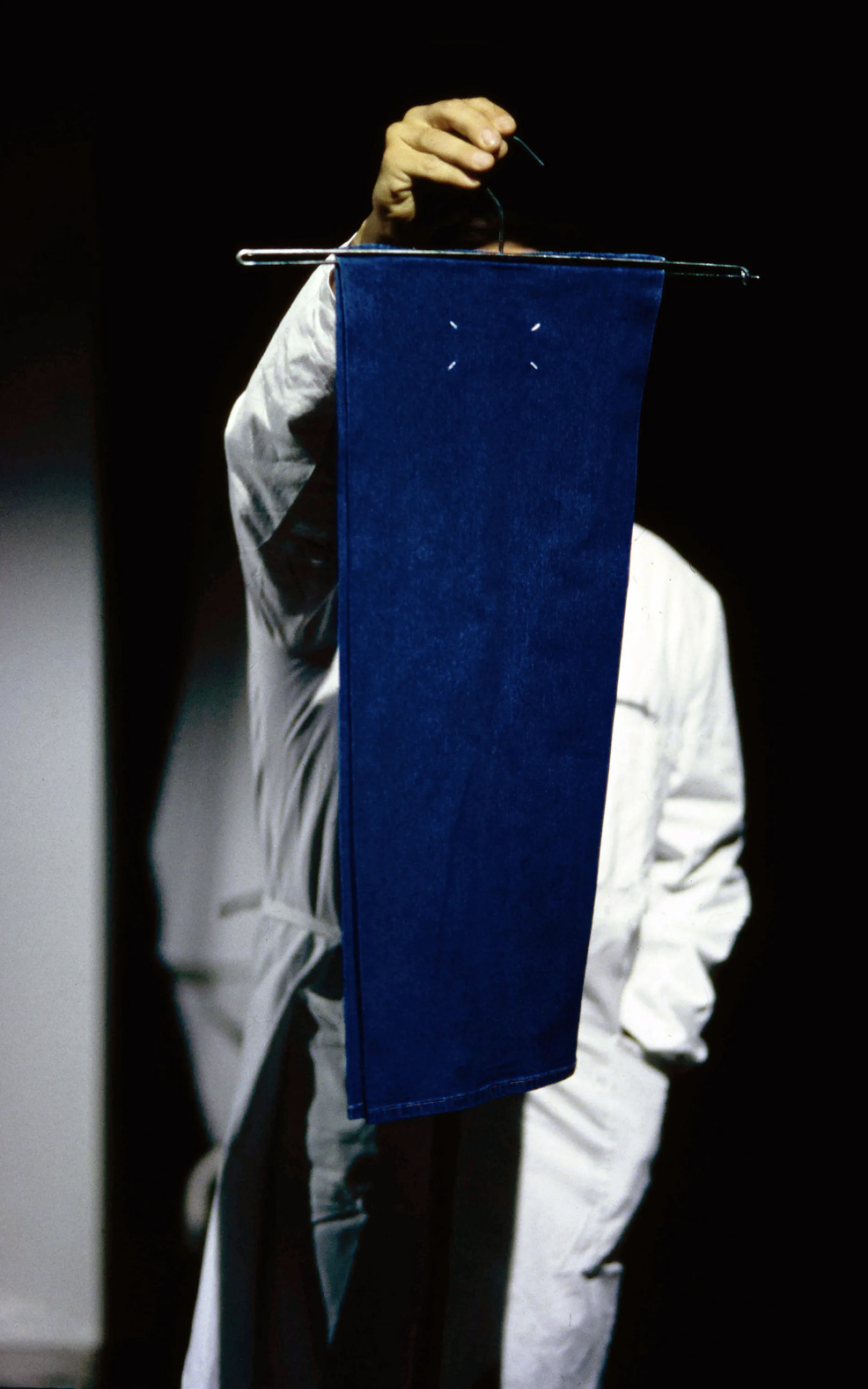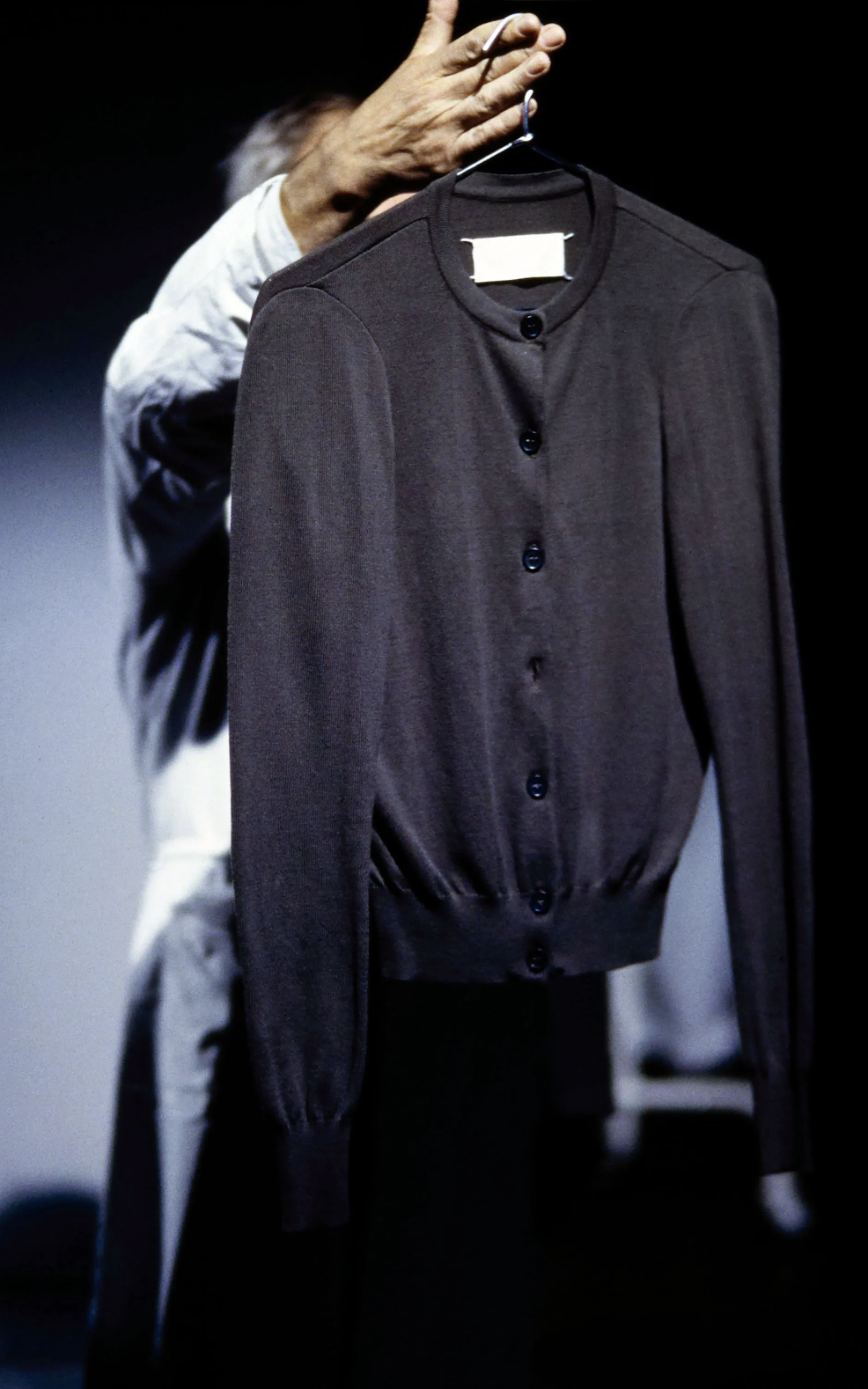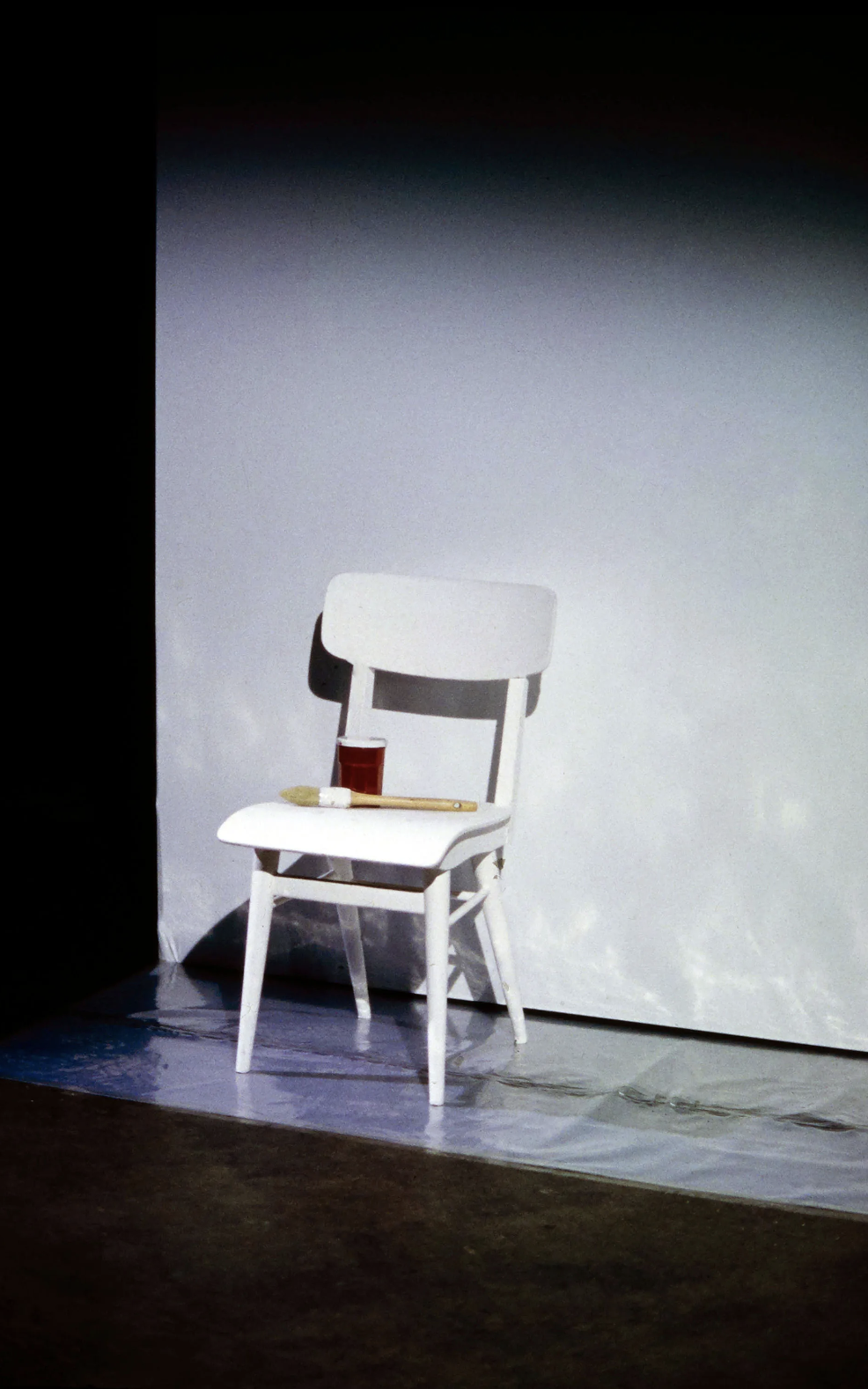Clothes As An Independent Body From The Wearer
A necessary correlation has always existed between body and garment.
Clothes are but tools for us to wear in the most utilitarian way possible: they keep us warm, they cover our body, they shelter us, and only eventually they have started to gain an additional meaning associated to their ability to communicate with others since what one wears has become one of the first visual elements in defining who a person is.
However, the opposite also stands: humans are tools thanks to which clothes are able to show their true beauty.
But even so, there is a space and a time where disassociating the clothes from the wearer is necessary. When a piece of clothing is worn by celebrities or even supermodels whose gained fame is more interesting than their walk, the craftsmanship and creativity of a runway piece gets outshadowed by the person wearing them.
Coperni SS23 is just the most recent remainder of this; Bella Hadid’s walk, if that’s what you really focused on, completely outshadowed a dress that, while still unremarkable, could have been a subject of fair praise and criticism if it was not defended to death by the supermodel’s fans..
In such cases, garments become only an afterthought, their technical qualities get lost in fashion discourse, and the praise is only referred to it having been worn by a celebrity.
A beautiful McQueen clam dress, a true technical achievement reached by the British designer after years of trying to replicate the effect of Galliano’s clam dress, reenters in the fashion radars only because Kim Kardashian wore it, its intricacies and uniqueness barely mentioned.
This has been the bane of many designers, who have seen their creations become nothing but an accessory for their wearer, because of this many have managed to work around this problem and have displayed piece of clothing whose personality is the center of attention.
With the usage of many tools designers have hidden the person wearing the clothes and other times they completely swallowed them.
To overshadow the wearer, the models have sometimes been completely hidden, their face covered, their walk changed thanks to the garments themselves, other times they were still fully present and visible, you just had no reason to concentrate on them cause they become just a speck of dust compared the designs themselves..
For some, of course, this has been a mean to enhance their creative vision and allow themselves to express their ideology on what fashion is and should be in a way that just couldn’t be possible if they had to attach their creation to a real human being.
Although this got also turned by some into just another PR stunt, a way to be more wacky and consequently achieve even more talk than if they used an actual celebrity.
One way to hinder the importance of the wearer could be the use of masks on the runway, by completely hindering the most recognizable part of a person and turning everyone walking equal in a way, or simply anonymous.
Many have used masks during shows, starting from Martin Margiela, who introduced them since his first collection way back in 1989.
An important part of the brand identity along with the theme of anonymity.
The founder of the maison disappeared from the radar just after a couple of shows from his debut. What today could be seen as ordinary was a very big deal back then: in a culture full of designers whose personality was strictly linked to the brand, he decided to be completely remove himself from the spotlight, and it’s rare to find pictures or interviews oh Margiela.
To only put the attention on clothes, removing himself was not enough, models also had to been hidden; they often had their face covered with masks, long hair, or straight up censure bars and other times they weren't even there to begin with. That was SS98, affectionately called the Flat Collection, a personal favorite, where the number of models involved was zero.
The clothes were displayed laying completely flat on hangers held by the maison assistant wearing white lab coats (another recurring symbol of anonymity for the Belgian house).











